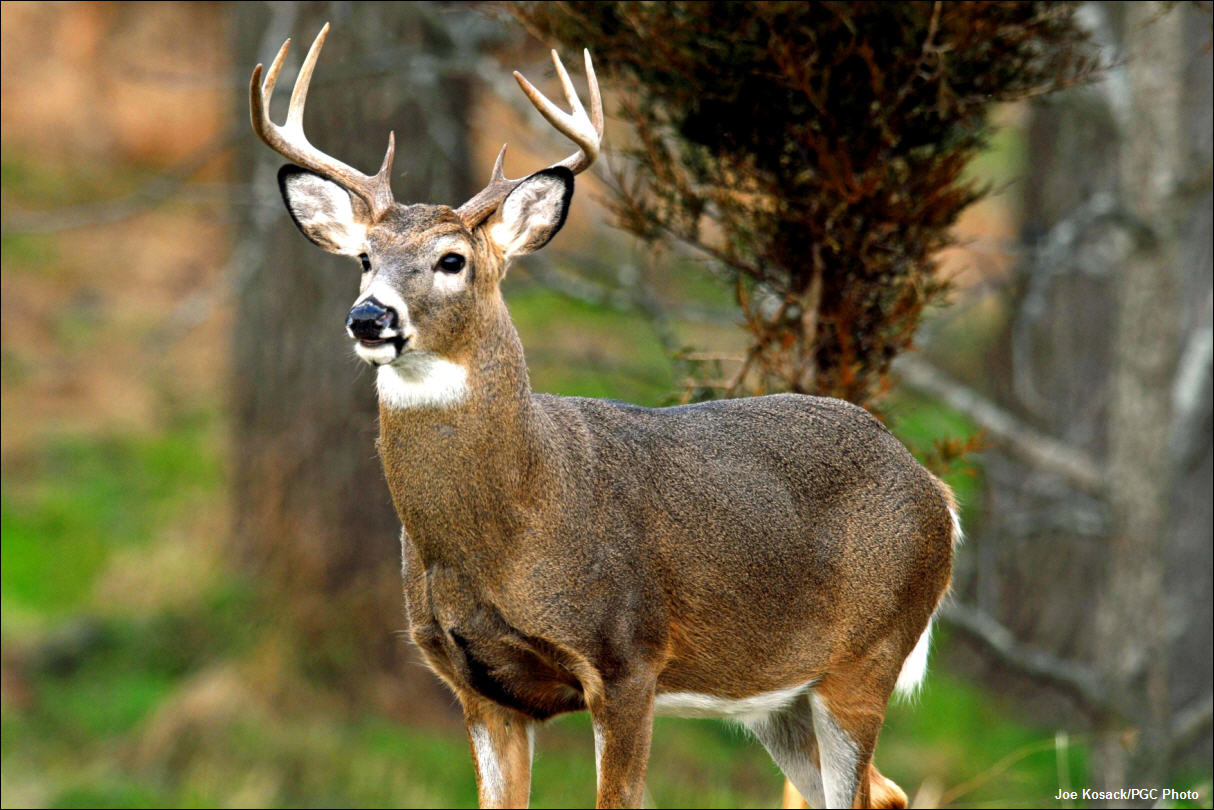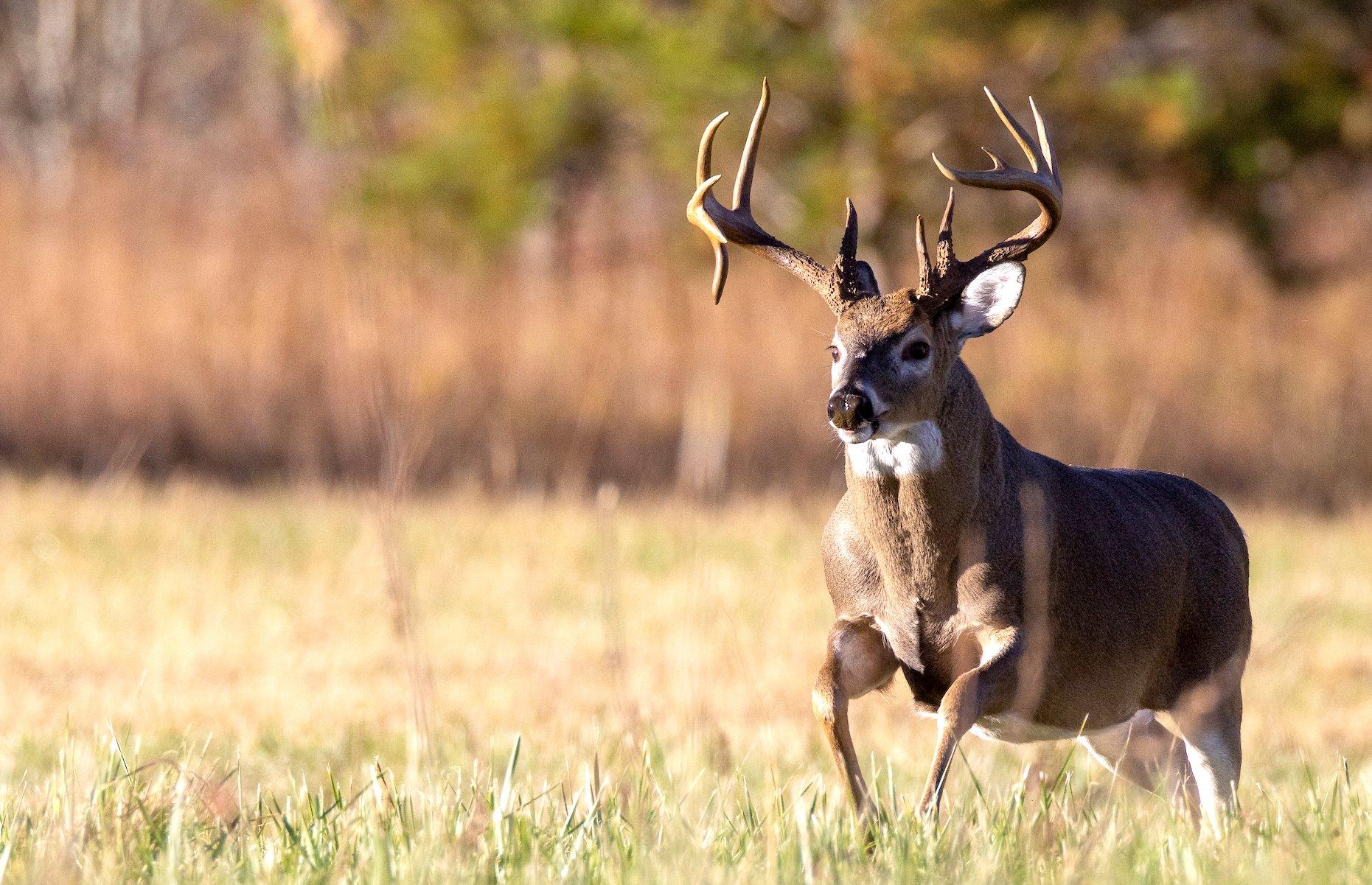Is there a single word in the English language that can represent currency, a male animal, a slang term, a tool, and even be used in idioms? The answer, surprisingly, is yes: "buck." This seemingly simple word holds a wealth of meanings, contexts, and historical significance, making it a fascinating subject of linguistic exploration.
From the rugged outdoors to the bustling city, "buck" has woven itself into the fabric of our everyday language. It's a testament to the word's versatility and its enduring presence in both American and British English, each with its own nuanced interpretations. This article delves into the multifaceted world of "buck," dissecting its various forms, origins, and applications. Prepare to uncover the surprising depth hidden within this concise and ubiquitous term.
Before we dive into the specifics, let's examine the foundational elements of "buck." At its most basic, "buck" functions as a noun, a verb, and even slips into the realms of adjective and adverbial usage. This adaptability is key to understanding the word's broad applicability. It's a chameleon of language, seamlessly transitioning between distinct meanings and grammatical roles.
- Renato Capriles Biography Of The Meldicos Founder Legacy
- Spencer Locke Biography Movies Net Worth More Latest News
| Meaning | Part of Speech | Example |
|---|---|---|
| A unit of currency (e.g., US dollar, Australian dollar) | Noun | "That shirt costs ten bucks." |
| A male animal (especially deer or rabbit) | Noun | "The hunter spotted a large buck in the forest." |
| A young man (slang) | Noun | "He's a strapping young buck." |
| To oppose or refuse (verb) | Verb | "He bucked the trend and went his own way." |
| To jump or leap (verb) | Verb | "The horse bucked violently." |
| To transfer responsibility (idiom: pass the buck) | Verb (idiomatic) | "Don't pass the buck; take responsibility." |
The etymology of "buck" is as intriguing as its contemporary usage. The word's origins can be traced back to the Old English "bucca," which referred to a male goat. This association with male animals is the root of its application to deer, rabbits, and other creatures. The monetary meaning, particularly in American English, is believed to stem from the use of buckskins as currency in the colonial era. These skins, traded for goods, likely influenced the adoption of "buck" to represent a monetary unit.
The evolution of "buck" is a fascinating example of how language adapts to culture and circumstance. From its humble beginnings as a descriptor for male animals, it has transformed into a widely recognized symbol of wealth, responsibility, and even defiance. The historical context, from the frontier era to the modern marketplace, further enriches its meaning and showcases its capacity for evolution.
The influence of "buck" extends beyond simple dictionary definitions. It appears in a range of idiomatic expressions, adding depth and nuance to everyday conversation. The phrase "pass the buck," for instance, means to avoid responsibility by shifting blame to someone else. "Make a fast buck" implies earning money quickly, often through less-than-scrupulous means. And "the buck stops here" signifies taking ultimate responsibility for a decision or action.
- Orion Cross Explore His World Explicit Content Warning
- John Young The Astronauts Extraordinary Life Legacy In Memoriam
These idiomatic usages demonstrate the word's dynamic role in communication. It not only defines but also adds layers of meaning to conversations, enabling speakers to convey complex ideas with concise and recognizable phrases. These phrases themselves often reflect cultural values, such as the emphasis on accountability ("the buck stops here") or the pursuit of financial gain ("make a fast buck").
The world of "Buck Knives" provides another interesting facet of this versatile word. The company, an American knife brand and manufacturer, established in 1947, embodies a different, practical meaning of "buck." The company's name, a family legacy, draws upon the surname "Buck." Today, the "Buck" name represents quality craftsmanship, durability, and a commitment to functional design, especially in their pocket and hunting knives.
| Company | Key Products | Location | Founded | Significance | Link |
|---|---|---|---|---|---|
| Buck Knives | Pocket Knives, Hunting Knives, Fixed Blade Knives, Automatic Knives | Post Falls, Idaho | 1902 (Hoyt Buck began making knives), Commercially 1947 (H.H. Buck and Son) | American knife brand known for quality and durability. | Buck Knives Official Website |
Buck Knives embodies a legacy of craftsmanship that began in San Diego in 1902 with Hoyt Buck, and grew to become one of the most well-regarded knife brands worldwide. The company's products are designed to provide exceptional performance, making them indispensable tools for outdoor enthusiasts, hunters, and everyday carry users. Buck Knives' commitment to quality is evident in their use of high-grade materials, precise manufacturing processes, and their "forever warranty," which underscores their confidence in their products' longevity.
The history of Buck Knives demonstrates the enduring relevance of "buck" within the context of American commerce and culture. From their early days of handmade blades to their current global presence, the company has maintained a reputation for quality and reliability. This reputation reinforces the association of "buck" with tangible, dependable goods, further diversifying the word's semantic landscape.
The use of "buck" extends into the world of popular culture and expression, as well. The phrase "buck bar kitchen geopend!" appeared on April 6, 2021, showcasing a bar and kitchen designed for meetings, dining, and relaxation amidst nature. Buck is also a global creative company that brings brands, stories, and experiences to life through art, design, and technology.
The presence of "buck" in global companies and cultural events highlights its broad appeal and cross-cultural relevance. The word's universality allows it to traverse linguistic boundaries, communicating a variety of concepts and establishing a shared understanding across diverse communities. The word has many translations, Buck \uc77c\ubd80 \ubfd4\uc774 \uc788\ub294 \ub3d9\ubb3c\uc758 \uc218\ucef7, \ub2ec\ub7ec(\ube44\uacf5\uc2dd) \ub610\ub294 \ub2e8\ud638\ud55c \ubc29\uc2dd\uc73c\ub85c \ubb34\uc5b8\uac00\uc5d0 \uc800\ud56d\ud558\uac70\ub098 \ubc18\ub300\ud558\ub294 \uac83\uc744 \uac00\ub9ac\ud0ac \uc218 \uc788\uc2b5\ub2c8\ub2e4. Also, it is used in the phrases such as 'pass the buck' and 'make a fast buck' and a usage phrase 'the buck stop here'.
The use of "buck" in everyday language reflects its widespread cultural importance. The word's adaptability to different contexts showcases its flexibility and its role as a central part of communication. Whether it represents the value of a dollar, a male animal, or a term of resistance, the word "buck" has a place in modern culture and history.
The term can refer to both the US dollar or the Australian dollar, it can be a slang term, and it can be part of tool. Buck knives offer a variety of knives for hunting, camping, outdoors, and kitchen use. The brand and its products are highly regarded by people around the world for their pocket knives, fixed blade hunting knives, and other tools. One example includes the Buck Classic 110 Folding Hunter, a very popular knife.
In essence, the word "buck" is a powerful testament to the dynamic nature of the English language. Its multiple definitions and usages reflect its flexibility and capacity to adapt to different situations. It's a word that has witnessed the march of time, evolving alongside cultures and societies. In conclusion, "buck" is more than just a word; it is a reflection of our history, our values, and our everyday interactions.


